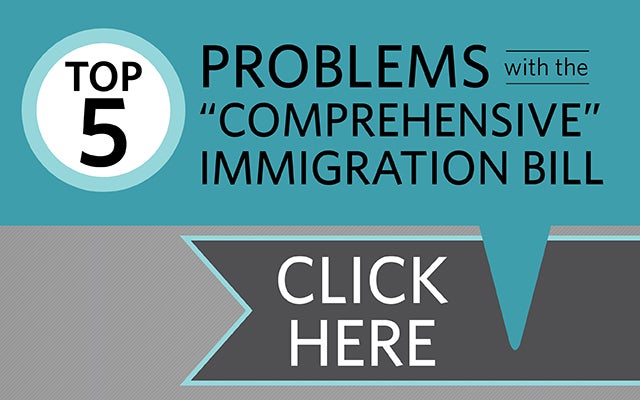Attaining a visa to the United States is an incredibly lengthy and difficult process. To combat this, last week, Congressman Joseph Heck (R–NV) introduced the latest iteration of the Jobs Originated through Launching Travel (JOLT) Act. Like its predecessors from the 112th Congress, the bill proposes several programs and policies to combat a major problem faced by many visitors to the U.S.—excessive wait times for visa interviews.
In 2004, Congress mandated that the State Department interview 100 percent of all visa applicants. While this may sound good on paper, in reality this translates into longer visa wait times and little added security. Indeed, on the security front, it forces State Department consular officers to interview everyone, rather than focusing on individuals who are most likely to have malicious intent.
The best way to solve this problem would naturally be to do away with the 100 percent interview mandate and instead allow the State Department to adopt a risk-based approach, focusing interview requirements on those individuals most likely to be bad actors or to violate U.S. immigration laws. Short of that, however, there are other key steps that can be taken to ease the burden on international travel, without sacrificing U.S. security. These include:
- Allowing visa interviews to be conducted via secure video conferencing,
- Publishing visa wait times to allow visitors to make informed decisions, and
- Enhancing trusted traveler programs like Global Entry.
The JOLT Act incorporates these reforms. The bill also calls for the reform and expansion of the Visa Waiver Program (VWP). Bringing in more than 18 million visitors in fiscal year 2011 alone, the VWP is arguably the nation’s most important visa program.
Nevertheless, like so many other bills that address too many concerns at once, the JOLT Act includes some not-so-favorable provisions. Indeed, JOLT 3.0 still contains a few misguided priority programs and specialized provisions, namely:
- A pilot program for fee-based, expedited interviews at a limited number of consular posts; and
- A provision to increase the period of admittance for Canadian visitors over the age of 50.
The bill also sets a goal for the State Department to interview 90 percent of all visa applicants within 10 days. While this is certainly a worthy goal, setting such standards without providing the State Department with the necessary resources to meet it is likely only to make matters worse. Overall, these measures would simply force the State Department to shift resources to meet these new, limited priorities rather than focusing on the need for more broad-based efforts and reform.
Instead of perpetuating proposals laced with trade-offs, Congress should address key visa reforms on their own. Already, Representatives Mike Quigley (D–IL) and Aaron Schock (R–IL), along with Senator Mark Kirk (R–IL), have introduced a bill that calls for the expansion and reform of the VWP on its own track.
Ultimately, streamlining the U.S. visa system and enhancing ease of travel for international visitors is too important not to get it right. This means looking at what needs to be done—from VWP expansion to video conferencing—finding where we can agree, and beginning there. Any approach that tries to do too much at once, be it JOLT or even comprehensive immigration reform, is bound to leave us faced with trade-offs and compromises—neither of which hold true answers for the nation’s broken immigration and visa system.
































